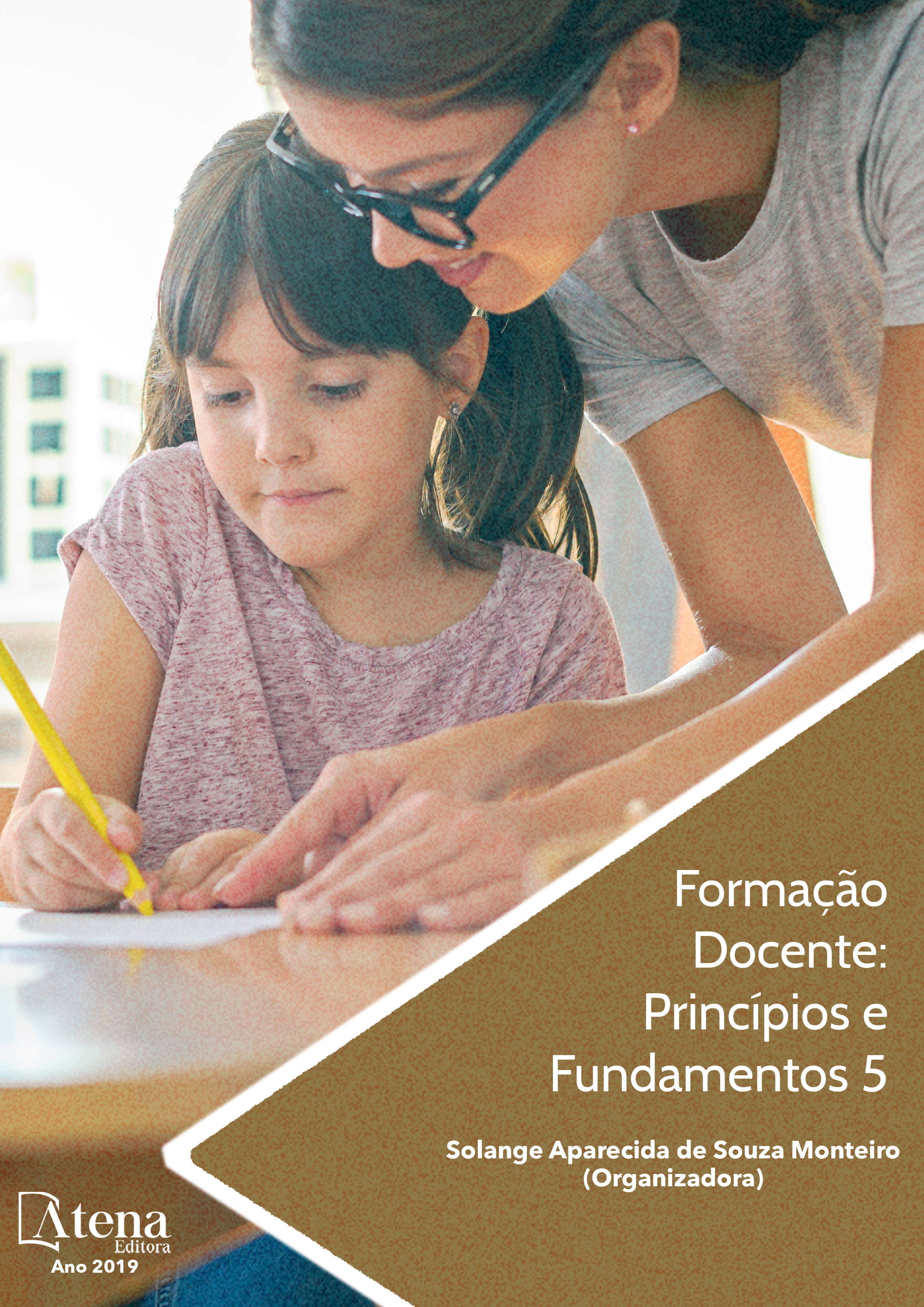
O CONCEITO DE BLENDED LEARNING: BREVE REVISÃO TEÓRICA
As Tecnologias Digitais de Informação
e Comunicação (TDIC) despontam na educação
como ferramentas que têm potencial para a
aprendizagem. Das TDIC priorizamos o blended
learning, que mescla os ambientes presencial
e virtual. O objetivo desse trabalho é localizar
na literatura estrangeira estudos sobre esse
tema, com enfoque no Ensino Superior. Para
tanto, realizamos uma breve revisão teórica,
abrangendo o período de 2007 a 2017, por
meio de busca nos bancos de dados Redalyc
e Scielo. Essa revisão é parte de uma pesquisa
de mestrado em desenvolvimento, que tem
como objetivo geral investigar a implementação
do blended learning em cursos de licenciatura
da Universidade Federal de Goiás. Os objetivos
específicos consistem em: apurar se o professor
universitário faz uso ou não dos vinte por cento
de ensino não presencial previsto na Portaria
nº. 1.134, de 10 de outubro de 2016; identificar
a participação do curso na decisão do docente
acerca do previsto nessa Portaria e averiguar
possíveis relações entre a opção do professor e
o Plano de Desenvolvimento Institucional (PDI).
Almejamos responder à seguinte questão: o
percentual assegurado pela Portaria supracitada
é utilizado pelo professor universitário nas
disciplinas que ministra? Que fatores interferem
em sua decisão? De cunho quanti-qualitativo,
o estudo prevê aplicação de questionário a
professores e coordenadores de curso e análise
do PDI da universidade focalizada. A revisão
teórica realizada aponta o blended learning ora
como metodologia, ora como modalidade que
vem ao encontro da busca por novas formas de
propiciar aprendizagem e permite integrar os
ambientes presencial e virtual, além de agregar
técnicas e metodologias distintas. Nesse
contexto destacam-se os conhecimentos do
professor universitário para a utilização das
TDIC numa perspectiva inovadora.
O CONCEITO DE BLENDED LEARNING: BREVE REVISÃO TEÓRICA
-
DOI: 10.22533/at.ed.6691930052
-
Palavras-chave: TDIC; ensino híbrido; Educação Superior.
-
Keywords: DICT; blended learning; Higher Education.
-
Abstract:
The Digital Information and
Communication Technologies (DICT) appear
in education as tools with the potential for
learning. From DICT we prioritize the blended
learning that mixes both the on-site and virtual
environments. The aim of this work was tracking
in foreign literature studies on this subject
focusing on Higher Education. To do so, we
carried out a brief theoretical literature review,
covering the period from 2007 to 2017, through a search in the Redalyc and Scielo
databases. Such a review was part of a master’s research, currently under development,
whose general objective was investigating the implementation of blended learning in
undergraduate courses at the Federal University of Goiás. The specific objectives were:
determining whether or not the university professor uses of the twenty percent of nonclassroom teaching provided fixed by the Ordinance nº. 1134, dated October 10, 2016;
identifying the action of the course in the teacher’s decision on what is predicted in
such Ordinance and investigating possible relationships between the teacher’s choice
and the Institutional Development Plan (PDI) of his university. We aimed to answer
the question: is the percentage assured by the aforementioned Ordinance used by
the university professor in the disciplines he teaches? Which factors interfere in his
decision? Quantitative and qualitatively speaking, the study foresees the application of
a questionnaire to teachers and course coordinators and the analysis of the PDI of the
focused university. The theoretical review carried out points to blended learning either
as a methodology or a modality that agrees with the search for new ways of providing
learning and allows the integration of the on-site and virtual environments, in addition
to adding different techniques and methodologies. In this context, the knowledge of the
university’s professor for the use of DICT from an innovative perspective stands out.
-
Número de páginas: 15
- Rosemara Perpetua Lopes
- Luciana Maria Borges


